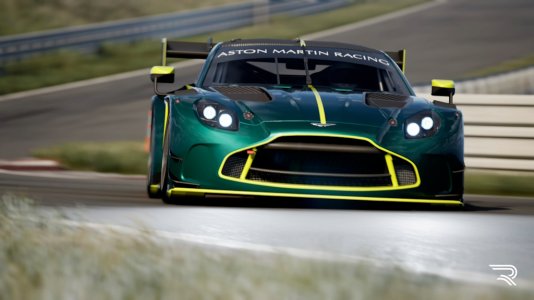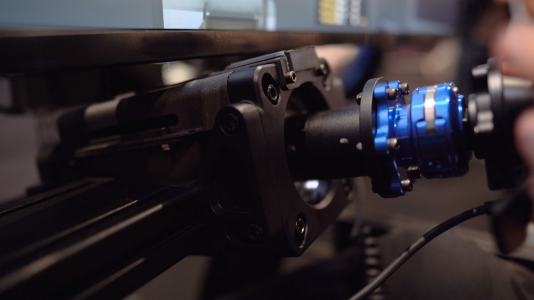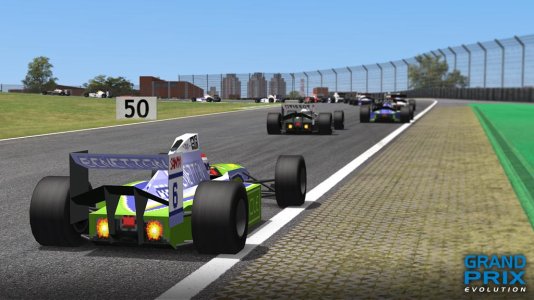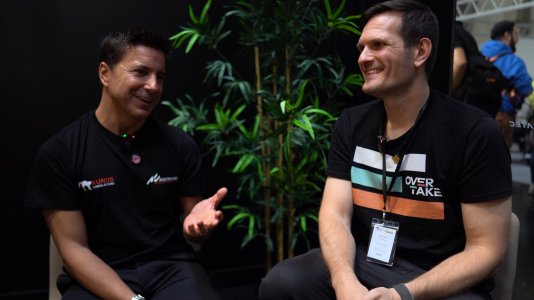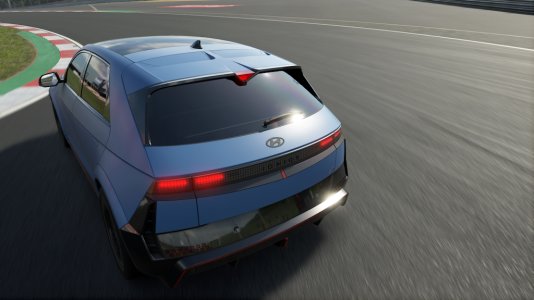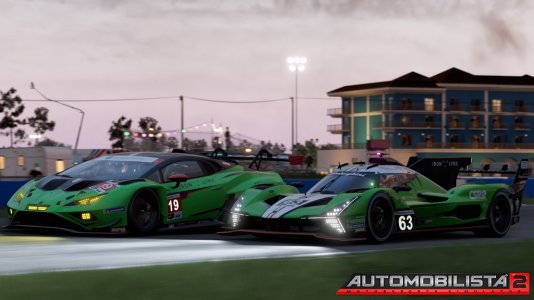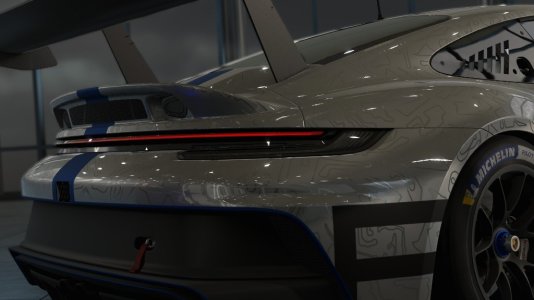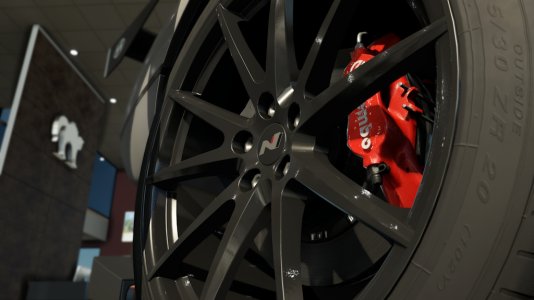Mr Latte
Premium
SimHub default profile comes with pretty much all effects set at 44hz.
What would be really helpful for simple guys not looking to invest countless hours into tuning is some kind of spreadsheet with recommended settings of each effect for different types of transducers based on their known operating range.
And (a man can dream, right) if SimHub devs incorporated that into app where you can choose type of transducer for effect with automatically populated baseline recommended values, would have been ideal.
Andrew, the first problem you have is, mounting/installation and isolation vary greatly on so many people's rigs. Next, you have all the different combinations of different products/transducers then amps and soundcards.
You cant create a magic profile that then works great on all the combinations. We seen this also with Simvibe as people with units installed on corners will crank the volumes, yet owners of more directly installed units will need much less and will feel more additional detailing.
So currently, tactile, is a nightmare.
It has become so reliant on d.i.y and various opinions in how or what to do and why we see so much confusion.
Beyond these factors and regards the effects themselves, let me highlight some points just based on my own experiences....
1. A general problem we also have is that entry-level hardware does not give enough usable/enjoyable dynamic range. People often question what is the best budget unit to buy and well none of them really provide a flawless performance.
2. Such hardware, in some cases @50Hz of the (bass) frequency range is available to have all the effects used work within. This isn't very much, so how do we apply multiple different effects to feel unique within that very limited range?
3. I found looking at dozens and dozens of people's profiles over the last few years, the most used frequencies for different effects on budget hardware, vary between 30-60Hz. The simple reason is people will repeatedly use frequencies that the units produce the best. To them, less important effects will then be used with the not-so-good working frequencies, and their most preferred effects are given priority to the better feeling frequencies.
Here also lies an issue, as people have different preferences in what they may want to use in effects so while we can offer profile combinations that operate well together, the user is more than likely going to make changes to them...
Improved Effects
It is possible to offer a more efficient usage of the limited frequency range when we monitor which effects are often active at the same time and give these effects as much variation in felt sensation to each other as possible. However, if the user decides, no they want to add or swap this combination to something else then you are back to the same problem of being limited to the number of effects you can operate and still maintain good separation or felt distinction of them.
Note that even with a large BK/TST combo we still can be limited in the number of effects that can be used at once. Even though this as a combination can offer 4x the usable dynamic range. The reason is that often we "need" to repeatedly use certain frequencies for the effect to feel much good.
How then can we repeatedly use similar frequencies without it causing so much of an issue on the transducer? The best solution I found is in having, multiple sets of stereo exciters on the seat. You can then greatly expand the number of used effects and also benefit from the 4x increase in usable frequency range the BK/TST/EXC combo will offer. The second advantage is that any individual effect could have variations that offer different applications in how its effect layers are used on these units for specific feel or sensations to body regions. Simply put we now have much more options to determine the effects feel and placement on the body to standard installations or any product currently on the market.
Solution & Moving Things Forward?
We need to greatly reduce the variations people have in their rigs, and simplify things.
A solution also has to work around the typical limitations we have with tactile mentioned above.
Included in that is some form of community aspect with tutorials, videos, configuration how-to's, and examining every single effect in Simhub and its functions. To have experienced people in effects creation and others keen to learn or be taught in how we make effects built for that configuration. We can possibly for some aspects, also team up with popular content creators of sim hardware channels to help them present and deliver much better content than I could do. Some early work on this has already begun, reaching out to people. Personally, I am keen to find someone that will do such with passion or general interest in tactile and is excited by the prospects of what/how we can change tactile immersion. I feel the subject of tactile has been sidestepped for a long time and never shown what the true potential with it really is?
Lets change that in 2022......
So How Much Per Effect / Car Profile?
My own view, is that effects themselves can remain free and are not sold for money as that seems to be against @Wotever own intentions. They can easily be copied anyways but the truth is..... To get to enjoy these effects you need to have the correct hardware and installation to make them work properly. This is especially more so when we may have more advanced effects using not just a single transducer but the combination of BK/TST/EXC to deliver over a full seat or pedals what that effect is intended to generate in its felt sensations.
RACEBASS Configurations?
For effects, keep in mind, now we have added options, as we can offer variations of the same effect in how they can be incorporated over a BK/TST/EXC combo. So for effects representation, this as a shared solution opens the door to have certain effects vary more in their felt sensation. Also based on what units the (multi-layers) the effect comprises of is output over the seat. It's possible to make a library of effects with multiple options available of a single effect for users to then pick which one they prefer to use. With this approach, the tactile experience is no longer, limited to a single unit's output performance, its individual installation point, nor any of the typical limitations people using the traditional approaches to tactile will be confined to.
Last edited:


